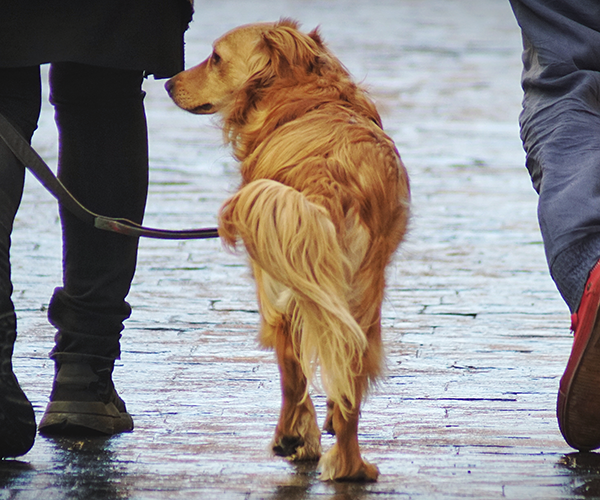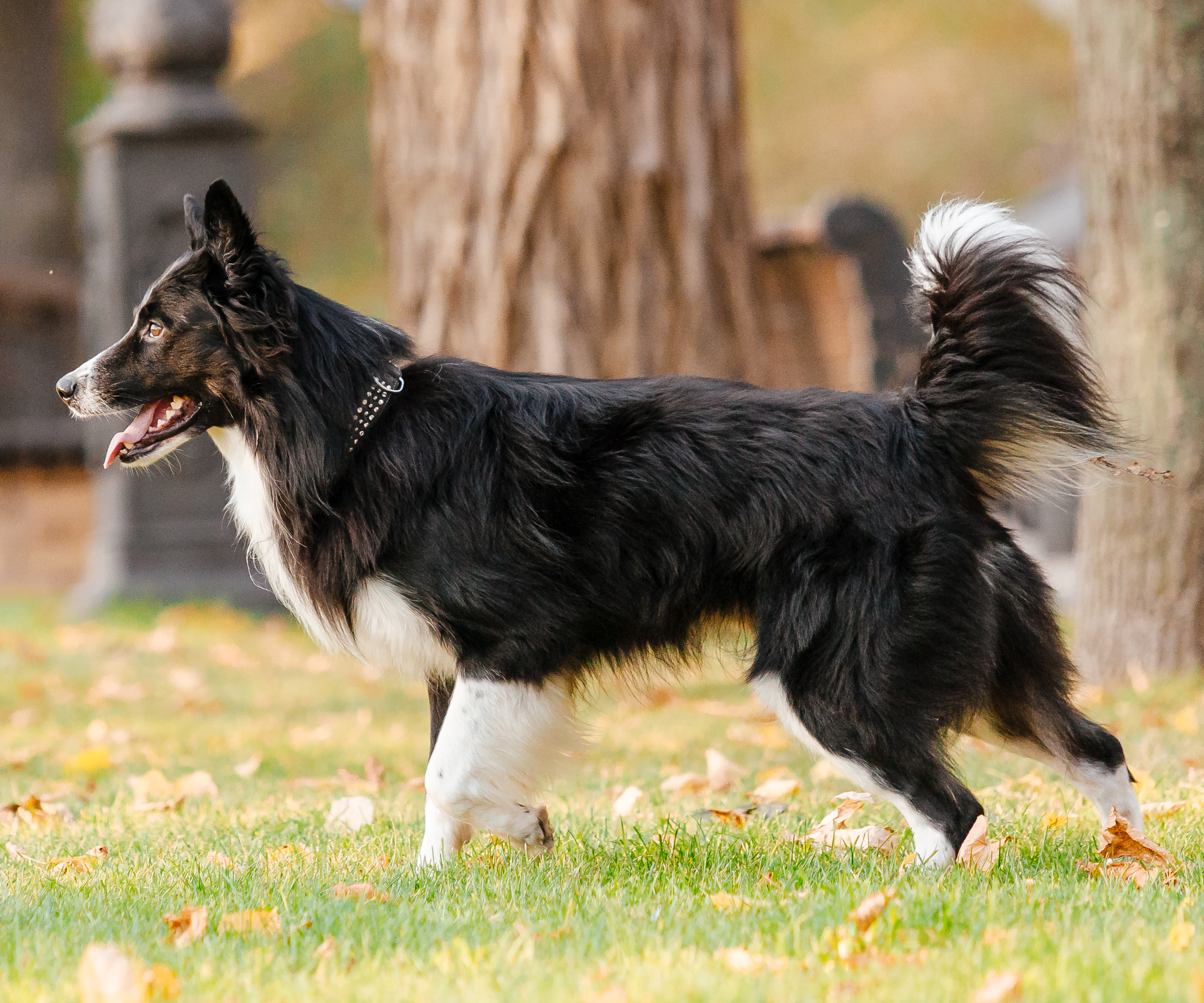How we work
1. Streamlined submission
We operate a secure portal through which vet practices submit X-rays for assessment.
We hold weekly scoring and grading sessions with our expert scrutineers. Your dog’s results will be uploaded to the vet portal the same day and, where applicable, published to the Kennel Club website the following day.
Canine Health Schemes is the only provider whose scores are recognised by the Kennel Club.
2. Highly qualified and experienced veterinary specialists
We have a panel of ten scrutineers.
Every member of our panel is a veterinary surgeon with advanced professional qualifications in veterinary radiology and/or orthopaedics. They are extremely experienced in the assessment of hip and elbow X-rays, scoring and grading over 16,000 each year. Meet our scrutineers
3. Dual-scoring system
Our scrutineers work in pairs.
Each submission is simultaneously assessed by two scrutineers working together as a team, and reaching a consensus on the score/grade.
4. Quality and consistency
We only accept high-quality DICOM radiographs, and these are reviewed using high-definition radiology-grade equipment and medical imaging software.
Our panel of scrutineers are continually assessed throughout the year, and meet annually to carry out a quality control exercise and discuss the results; review a sample of appeal radiographs; and explore recent scientific advances. This ensures consistency and continuity of results over time.
We randomly select scrutineer pairs, ensuring that there is continuous peer-review within the panel at each scoring/grading session.
5. Robust appeals process
The schemes have a robust appeals process, which is open to any breeder or owner who disputes the score/grade for their dog.
Upon appeal, the X-rays are re-evaluated by two further scrutineers who are unaware of the original score/grade and then reviewed by the Chief Scrutineer. The final appeal score is therefore based on the professional opinion of five expert scrutineers. Find out more here.







